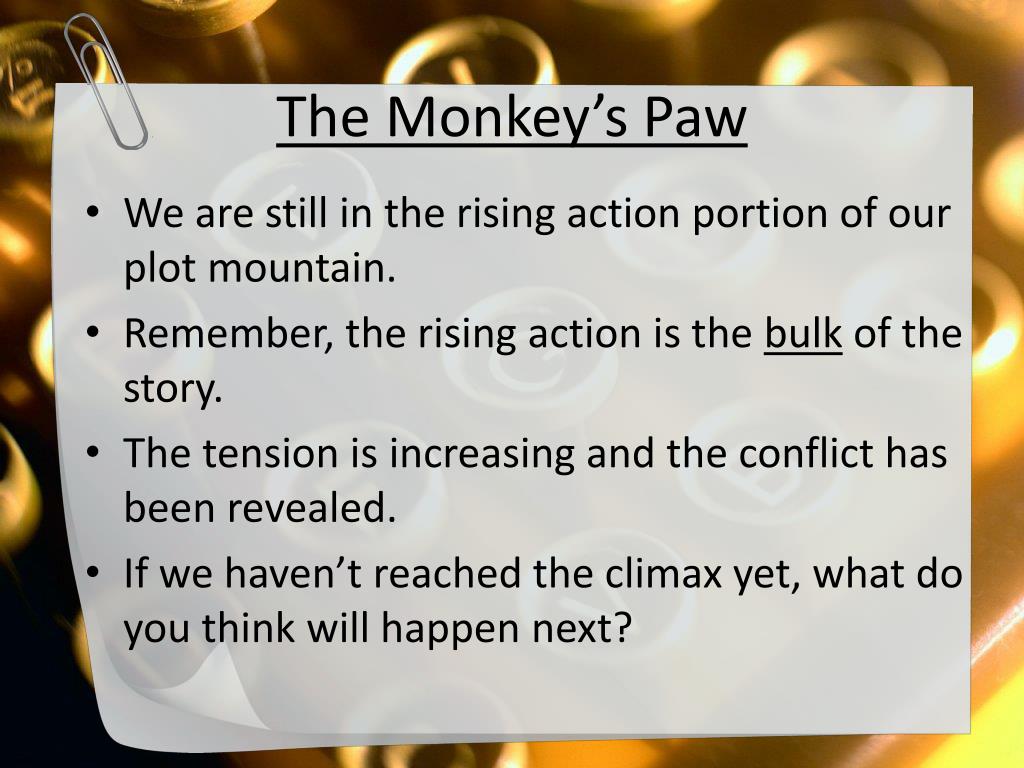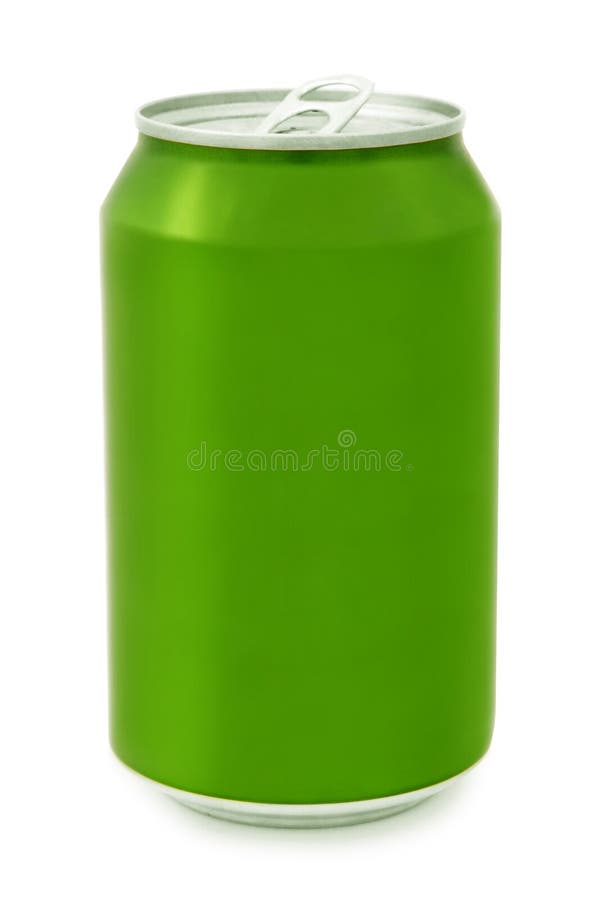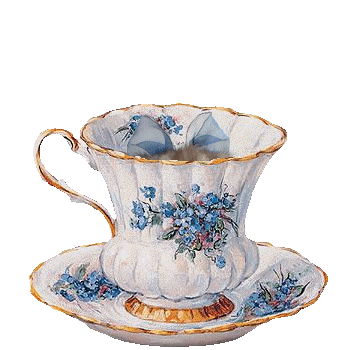Discover the Pun Behind the Potato Who Reads the News: A Deep Dive Into Wordplay and Humor
Understanding the Riddle: What Do You Call a Potato Who Reads the News?
Riddles and puns are timeless tools for sparking laughter, igniting conversation, and engaging audiences of all ages. Among these, the question “What do you call a potato who reads the news?” has emerged as a popular and widely shared example of wordplay. The answer- a commen-tater -is a clever fusion of the words “commentator” and “tater,” the latter being a familiar slang term for potato [1] . This pun not only delivers a quick laugh but also exemplifies how language can be manipulated for comedic effect. In this article, we’ll explore the mechanics of the joke, its cultural context, practical applications, and how to craft your own engaging wordplay.
The Anatomy and Appeal of the Pun
At its core, this riddle leverages homophonic wordplay -that is, exploiting words that sound alike or similar for humor. The term “commentator” refers to someone who provides commentary on events or news, especially in sports or media. By separating the word into “commen-tater,” the joke substitutes “tater” (potato) while maintaining the original word’s sound [1] . This creates a humorous image of a potato taking on a professional media role.

Source: ssissimon.blogspot.com
Such puns are memorable because they surprise the listener, require a moment of realization, and reward that realization with a laugh. The use of everyday objects like potatoes also makes the joke accessible and relatable, transcending age and cultural barriers.
Origins and Variations of the Joke
The “commen-tater” joke has appeared in classrooms, on social media, and in puzzle books for years. Its widespread use is due to its simplicity and the universal recognition of both potatoes and the concept of news commentary [1] . Some versions offer slight twists, such as “news-potato” or “spud-anchor,” but “commen-tater” remains the most commonly cited answer [1] . These alternatives play on the same principle, substituting other potato-related words or broadcast terms for added effect.
Why Do Puns Like This Work?
Puns are effective because they challenge the brain to process multiple meanings and connections simultaneously. This cognitive engagement is rewarding and often leads to a quick, lighthearted reaction. Research in linguistics and psychology suggests that puns stimulate both hemispheres of the brain, combining logical language processing with creative thinking [1] . The “potato who reads the news” is a classic example of a pun that requires the audience to make a mental leap from the literal-an actual potato-to the figurative-its imagined media role.
Practical Applications: How to Use and Share the Joke
This riddle can serve as an icebreaker in social situations, a tool for educators to introduce wordplay, or a way to add levity to presentations and meetings. Here are several practical steps for sharing the joke effectively:
- Begin with context: Ask if anyone enjoys riddles or puns to set the stage.
- Deliver the question clearly: “What do you call a potato who reads the news?”
- Allow a brief pause for guesses, encouraging participation.
- Reveal the answer: “A commen-tater!” and explain the wordplay if needed.
For educators, this joke can be used to teach about homophones, compound words, and the structure of English puns. In team-building settings, it can foster a sense of playfulness and encourage creative thinking among participants.
Alternative Approaches and Customization
If you wish to create your own riddles inspired by this format, start by identifying everyday objects and pairing them with professions or roles. For example, “What do you call a cat who can paint? An
art-tist
.” The key is to look for words that share syllables or sounds with both the object and the occupation.
Potential challenges in crafting effective puns include ensuring the two words blend smoothly and that the resulting pun is immediately recognizable. If the connection feels forced or the pun is too obscure, it may not land with your audience. To overcome this, test your joke with friends or colleagues and refine it based on their feedback.
Common Misconceptions and Clarifications
Some sources may suggest alternative punchlines, such as “news-potato” or “spud-anchor” [4] . While these variations can work, “commen-tater” is widely recognized as the standard answer in classrooms and riddle collections [1] . If you encounter different answers, it’s helpful to point out that puns often allow for creative reinterpretation, and the best punchline is the one that resonates most with your audience.
Accessing More Riddles and Wordplay Resources
If you’re interested in expanding your repertoire of jokes and puns, there are several approaches you can take:
- Search for “pun riddles” or “wordplay jokes” on established humor and education websites.
- Visit your local library for books on puns, riddles, and language games-children’s sections are especially rich with resources.
- Engage with online communities dedicated to jokes and wordplay, where you can find, share, and discuss new material.
- For educators, consider consulting teaching guides that incorporate humor into language arts curricula.
Always ensure that the sources you use are reputable and that the jokes are appropriate for your intended audience. If you are searching for specific types of puns, include keywords like “food puns,” “animal jokes,” or “classroom riddles” for more targeted results.

Source: radiosapiens.es
Key Takeaways and Final Thoughts
The answer to “What do you call a potato who reads the news?”-a commen-tater-demonstrates the enduring appeal of puns and riddles in everyday conversation. Whether you’re sharing this joke to break the ice, teach language skills, or simply make someone smile, understanding the mechanics behind the humor can enhance both your appreciation and delivery.
Remember, the joy of wordplay lies in its creativity and accessibility. Experiment with your own combinations and enjoy the laughter they inspire. If you’re interested in exploring more about the science of humor or the structure of puns, consider searching for scholarly articles on linguistics or psychology of laughter, or reaching out to your local librarian for recommended reading.
References
MORE FROM cheerdeal.com













